-
Posts
2.332 -
Joined
-
Last visited
-
Days Won
60
Posts posted by Sundiata
-
-
23 hours ago, Nerwitz said:
Bulgarian
Do you have access to quality sources on Thracians? Especially accurate artist' reconstructions of buildings? I thought I'd just ask...
-
2 hours ago, (-_-) said:
Link tax is article 11. The memes about not being able to share memes was just internet having its fun. Fair usage policies would apply. The main problem is due to how hard is to make sure all content is not copyrighted material and a lot of fair usage content would get falsely flagged too.
If I read correctly, there is NO clause for fair use.
None... Please, please correct me if I'm wrong!
These laws are impossible, and would end internet as we know it if actually applied. As long as people realize these laws CAN NOT BE APPLIED if we refuse them, we should be good. As I said, civil disobedience means that they can't prosecute 3.5 billion internet users, most of whom will never even realize that they are participating in civil disobedience... lol
-
1 hour ago, thankforpie said:
thankfor24 is goodd name
But we need the name to start with an X...
Xthankfor24... There, I fixed it for ya!
-
 1
1
-
-
10 minutes ago, stanislas69 said:
I don't think they would waste an eagle in a battle.
Mongol Eagle Warriors: special ability: Gouging out the enemies' eyes, reducing the attacked units' visibility by 90%, lol

Would be a cool fantasy unit for some game someday... Assassin's Creed: Wrath of the Khans
Spoiler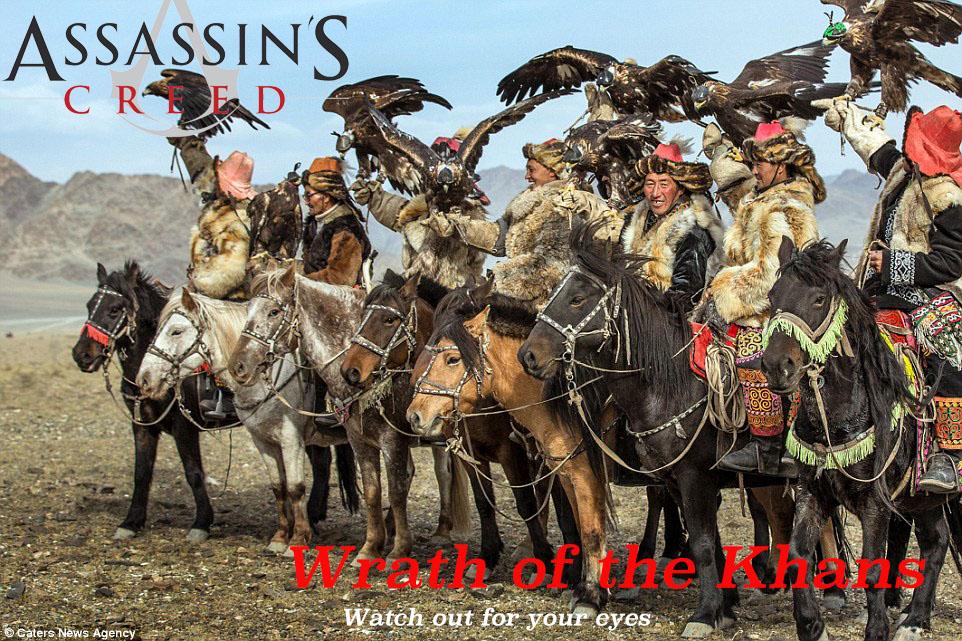
-
 1
1
-
 3
3
-
-
3 hours ago, Genava55 said:
The Scythians should have women amazon-like warriors with lasso abilities. Since this is a huge cultural group, they can easily have different reforms options like the Seleucid. For example Sarmatians cavalry lancers and Saka cataphracts for a traditionnal nomad reform or Bosporan thureophoros and Bosporan Daco-Thracian warriors for a crimean reform. The Bosporan units could even construct special hellenistic-like buildings.
That sounds pretty cool... Daco-Thracians, mmmm....
3 hours ago, Genava55 said:The Huns could have the eagle ability proposed by Sundiata (awesome idea). For example a unit with an eagle vision ability or simply a better vision.
Considering eagle hunting is most prevalent in Mongolia today, the Xiongnu should definitely have this ability if implementable (Chinese sources mention the practice), and there seems to be evidence for Scythians practicing it as well, making it a perfect general Nomadic civ trait, to help mitigate their lack of farming.
Seems to be another thing women excelled at. Female Eagle Huntresses:
SpoilerThe Eagle Huntress: Ancient Traditions and New Generations
By Adrienne Mayor mayor@stanford.edu May 1, 2016
3 hours ago, Genava55 said:The only thing is it ok for cavalry to have a building ability?
I don't see why? They weren't 100% horseback all the time. But when they campaign, it was all horses, so I think that created the impression they literally all ride horses all the time. In very general terms: even when migrating, there would have been a lot of walking involved as well. They have slow moving animals like sheep, goats and cattle and their carts don't usually travel at light speed either (and would need regular pushing, and pulling). Don't forget the old folk, pregnant women, and babies. Families and clans would usually have a highly mobile component of riders and a less mobile component: the household and the rest of the family. Everybody also forgets that they ruled over sedentary populations as well (Northern China, Tarim Basin, Sogdiana, Black Sea Coast etc). Especially at their height (Huns, Scythians and Xiongnu), the wealthier families/clans/tribes, whatever, had access to a lovely array of slaves whom I doubt would be given horses.
Cavalry having a building ability reminds me of the Maurya elephant being able to build by itself. How did that ever pass the review? We were arguing about elephants' "siege" capabilities, meanwhile some of our elephants are freakin' architects, engineers and construction workers all in one, as well as being a mobile drop-site on top of that... Of course, for the Nomadic civs, I'd change my mind if dismounting units ever becomes a thing.
-
 1
1
-
 2
2
-
 1
1
-
-
@wowgetoffyourcellphone, two words: Eagle Hunting
I think it took out a fox in the video, but I've seen video's of these babies taking out wolves as well!!! Would make for a very unique specialized hunting unit. Wouldn't be simple to implement I assume, but sooo epic. Perhaps even as a scout unit, although I'm not sure whether they outfitted their eagles with go-pro's in the BC era. Might have to check up on that.
Also, why is throat singing so freakin' epic?!?! Some Turkic folk music (that flute, so simple, so perfect...):
Top random youtube comment:
"These people usually hunt wolves and foxes, but occasionally they conquer the world"-
 5
5
-
-
-
Having a first person mode to walk around your town and explore the map up-close would be sublime though. Adding some simplified arcade-style first person battle mechanics would be hilarious. Maybe just for SP?
-
 1
1
-
-
You made me laugh. I like that.
-
Individually upgrading CC's could help. "city phase" for the Scythians would give them access to permanent structures?
For Xiongnu could also provide access to fortifications in "city phase"...
-
 1
1
-
-
Cool! They should have a bunch of female warriors. The Xiongnu and Scythians probably more so than the Huns? For Xiongnu, the women can be embedded in the regular troops, but it would be nice to also have a dedicated "Amazon" unit for the Scythians. I guess that's what you mean with egalitarianism? I've read somewhere that an estimated 1/3 of Scythian warrior tombs belonged to women and there are apparently Xiongnu female warrior tombs as well.
Xiongnu should have access to walls of rammed earth, stronger than palisades, weaker than stone walls.
Scythians should indeed have access to the most impressive type of fortifications for the "nomadic" civs (heavy stone walls, Greek influence in the Black Sea area), forming a sort of in-between civ with a "settlement" option as you indicated (Scythian Neapolis) and can even have a wonder:
"The mausoleum of the Scythian rulers of Neapolis", also known as the "tomb of Skilurus":
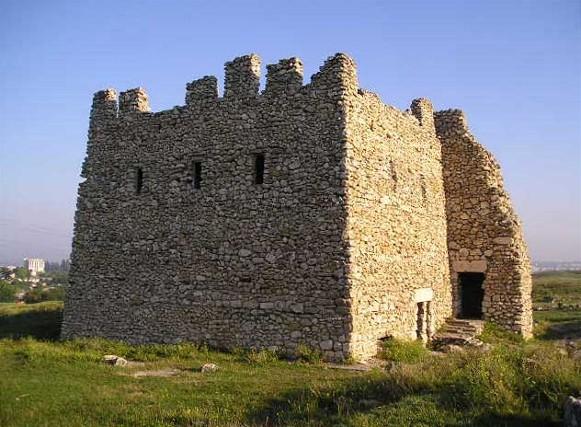
(or we could just pretend it's a castle?
 )
)
Scythians should also have access to the most elaborate armours (extensive use of scale and leather, and even Greek influences). They should look like the most opulent "nomadic civ". Their team bonus could be trade related ((proto-)silk road).
All three could have heavy loot bonuses:
13 hours ago, Lion.Kanzen said:And give great loot advantage to sack cities (CC) what about steal % of enemy stockpile (?) sounds funny and frustrating.
Sounds perfectly appropriate!
-
 4
4
-
-
2 hours ago, wowgetoffyourcellphone said:
Am I the only one who doesn't want AOE4 to be a "classic" RTS? "Classic" RTSs are supremely clunky in today's age. The world of gaming has moved on. RTS has moved on. Give me something new and interesting. Take the AOE style and continue to push forward.
Yeah, most of us aren't prepubescents playing a free game we found in the cereal box anymore...
-
 1
1
-
 3
3
-
-
3 hours ago, Gurken Khan said:
I wished - and hereby propose - that a direct (move) order takes precedence over anything else. I don't want my healers to stop when I change their stance to 'standground' (the only stance I find useful for them), and I sure as hell don't want any units to turn around (and get killed) when I told them to go to a specific position.
I also wonder about this... I sometimes execute my units for their insubordination. Simply can't allow such insolence...
-
 1
1
-
 2
2
-
-
1 hour ago, Rolf Dew said:
The multiplayer community is so toxic sometimes, it gives the rest of us a bad name. Is it so hard to just play and get along.
Yeah, exactly...
To be fair, I've had loads of fun as well, and had more positive experiences than negative. We're just more sensitive to negative occurrences, and the quitters are a little too regular to ignore.
4 hours ago, (-_-) said:Most often, you can assume that lower ranked players would quit (not all ofcourse). I have not encountered or read a report about anyone above 1500 quitting. (maybe its because at that point, all other regular players would be kinda like “friends” and you don’t need points as a measure of skill)
Sure, but it's not always easy to get into those epic team-games (especially if you looked at my rating), and although it's nice to play with people you "know", it's also nice to play with random strangers (why does that sound so wrong?). In the 1V1 games, somebody would usually ask me if i wanted to play, and if I said yes, more than 50% chance they'd intentionally break the connection when loosing. I couldn't host games myself for some reason, so that's why I was at the mercy of those guys. I should try hosting myself again...
-
 3
3
-
-
Jeez, so many weirdo's... I haven't been playing alpha 23 online, but I played a bunch of MP-games the previous alpha, and my lord, so many weirdo's. I had lots of fun as well of course, but literally more than half of my 1V1 games, the host cut the connection when I was overrunning their base... The games often start out casual enough. A little chit chat... Nothing out of the ordinary, and then when they start loosing, they go quiet... You still see them making moves, trying not to get slaughtered, and then bam, connection lost... It's not like I was only playing noobs. Sometimes I did, but I'd help them, even if they were my opponent, I'd give them tips on what to do and what not, some insights into the mechanics, and I'd play casually, allowing them to build and attack. We'd both end up having fun while the newbie is learning. But the ones that are all about the rating sometimes start out arrogant, trying to trigger you... When you stay calm and don't respond to the trolling, they get even more upset, and then when they see they've lost, they really loose it...
I've had a lot of weird experiences. People would ask me where I'm from, then ban me the moment I answer... This happened often. Maybe they assumed slow internet, which could happen, not lying, but almost always, lag was coming from another player, and when I play with guys with good connection, I hardly ever have any problems at all... I've had some N-words thrown at me (although that didn't happen often) and I've had people unhappy about "allowing an African" in team-games. I remember annihilating a guy like that in a team-game, he got even angrier about an African in the game and started saying no-one should allow Africans in their games because we "eat cats", and then ranted a little about muslims... I don't eat cats by the way (nor do I know anybody personally that does), and I'm not muslim either, although I don't understand what would be the problem. I know plenty of delightful muslims. Either way, totally irrelevant, right? I've played in games where the host bans his own allies because they weren't playing the way he wanted them to play... I mean, jeez... Or those guys that change the settings last minute right when every-one else clicked stay ready, to suit their own personal preference. Or those simpletons that blame everyone else for their own short-commings and start hurling insults in all directions. I wonder if they cry themselves to sleep after checking the summery statistics...
It's amazing how uncivilized some people can be, playing a game of ancient civilizations...
Anyway, I guess that's the internet for ya... One of the reasons I'd like to see more in-depth SP mechanics. The AI has much better manners.
-
 1
1
-
 2
2
-
 1
1
-
-
6 hours ago, wowgetoffyourcellphone said:
I am more likely to believe the original oral tradition meant literal days. Only later did apologetics attempt to add a non-literal nuance to the story. Sure, the far ancients were capable of nuance, but they literally believed there was a God who created the Earth, so why couldn't He do so in literally 6 days? He's God after all. The Ancient Greeks literally thought Hades existed below their feet. It wasn't metaphorical to them (there was the Necromanteion in Epirus where they literally believed they could enter Hades or commune with it).
6 hours ago, wowgetoffyourcellphone said:It's true that it's not clear cut, but I really think that in ancient times it was meant to be clear cut. Human settlements were quite isolated for thousands of years. Most people were born, lived, and died within a 5 mile radius.
Ooooh, we disagree


I wasn't being an apologetic when I was a kid reading genesis. I was used to the literal interpretation, but when I read it for myself, it didn't make sense to look at this ancient text as something literal. If you're a little familiar with ancient Egyptian religion for example, you'll see that the gods all represent ideas. The stories are just for "kids", but the deeper knowledge that was studied by the priests included mathematics, astronomy, architecture, medicine, philosophy etc...
I definitely think that a lot of people interpreted it literally, but those people were commoners, and their interpretations nearly irrelevant, considering they were not the ones producing this stuff. Mystic knowledge is past on between initiated individuals, not through the entire population. Priests were the "scientists" of the ancient day, and the knowledge they possessed with regard to the movement of the sun, moon and stars for example, was used to determine the calendar (when do the rains come, when to plant, when do eclipses occur, when do certain comets pass). We take these things for granted today, but more than 99% of the population today wouldn't be able make such predictions without consulting the news, who in turn consult astronomers among others...
Ancient religious texts like the bible are chockfull of parables and metaphors... Stories sometimes borrowed from other cultures. The accuracy and exact sequence of events in the story is not nearly as important as the underlying message it conveys. The plebs might tunnel vision on "miracles", but theologians aren't interested in supernatural events, per se, they rather seek to see the relevance of God in the everyday natural world.
The mystics and deeper truths behind religious texts are rarely understood by the masses. Take the Quran for example, with its mathematical literary composition and structure. It's insane... Meanwhile most people can barely do math in the first place, let alone recognize it in a religious text. Most of these religious texts started out as oral traditions. This means that the keepers of those traditions knew the entire text by heart! Meanwhile most religious people can't even be bothered to even read their religious texts in their entirety, let alone memorize it...
Also, ancient Greeks were a very diverse bunch. Again, I don't doubt that a majority of the population probably took these stories about gods and titans and monsters and what not literally, but Ancient Greece also produced some of the finest thinkers of the ancient world, laying the foundation for Western philosophy (and the god of the philosophers). I believe Socrates and Plato, for example "rejected the Homeric image of the Greek Pantheon". Not to say they were atheists, but their views on theology can hardly be described as conventional. Neither were they unique to those individuals.
-
 1
1
-
-
Although I'm not a fan of the literalist approach to interpreting thousands year old mystic literature, you need to keep in mind that the Bible is a large collection of transcribed oral traditions with obvious parallels in other Middle Eastern traditions and even some Egyptian influences. The editors of the "final" written versions would not always have been as familiar with all the original source-material, and therefore might not always have even known that they were merging/conflating stories, or even be 100% aware of the underlying messages accumulated over many centuries.
The first time I read Genesis I was a kid, and even then it seemed obvious to me that this stuff isn't literal. I always interpreted the "days" in which the Earth and the universe were created as eras, rather than literal days. How can a "day" for God be the same as a day for man? Also, god creates "mankind in his own image" on the 6th "day" in Genesis 1. It doesn't say anything about Adam. Then the 7th day comes and the lord rests. Then comes the story of Adam and Eve and the garden of Eden. It doesn't say they were the first people. This is demonstrated in Genesis 4, in the story of Cain and Able. When the Lord condemns Cain to be a wanderer on the earth, Cain cries out "whoever finds me will kill me." Who is he talking about, if supposedly he, his father and his mother are the first and only people in the world? He clearly referred to Able as his brother, so if he's talking about his later unnamed brothers and sisters, why doesn't he call them his brothers and sisters like normal people would. Further into Genesis 4, Cain makes love to his wife. Where in the world is she coming from?? And one sentence later he's building a city. For who??? Adam and Eve are a beginning of a special line of people, a chosen people, but not necessarily the first. The bible seems to differentiates between the sons of Adam, and the sons of Man. Either way, non of it is clearcut, and was never meant to be, imo. The dominant narrative today is just one of the interpretations that people "agreed" upon at some point in time.
The flood-myth is irrelevant from a scientific perspective, which is logical considering that it was written down well over 2000 years before the development of modern science... But the fact that that it's a recurring theme the world round is interesting to say the least... As mentioned earlier, the combination of local flooding events and the global rise in sea level would have undoubtedly contributed to the spread of such stories, as well as the shared heritage of many Middle-Eastern accounts, further blurring the lines between fact and fiction.
-
6 hours ago, wowgetoffyourcellphone said:
I have the entire outfit for Indiana Jones.

Lol! I enjoyed those movies a lot when I was a kid... Should probably rewatch them...
This scene always stuck with me...
Poor assassin... Don't bring a sword to a gunfight eh...
 ;';===
;';=== 
-
 1
1
-
-
-
Another interesting note is that global sea levels have risen by 130 meters since the last glacial maximum, c. 20.000 years ago, rising more than 100 meters over a 7000 year period from 14.000 years to 7000 years ago. Not exactly a sudden deluge, but it's effects on pre-historic human populations and their movement (often traveling and living on the coastlines) would have been significant, and definitely left some kind of mark on the collective global memory. Areas between landmasses which were previously connected and probably "densely" populated according to Pre-Historic standards became submerged:
- British Isles and Europe were connected,
- the Aegean sea and islands used to be coastal plains,
- The Adriatic, Black and Caspian Seas were much smaller,
- the Bering straight,
- South-East Asian Islands and the Asian mainland (Sundaland),
- Australia and Papua New Guinea,
- India and Sri Lanka,
- Arabian Peninsula and Iran
- Korean Peninsula and China (perhaps even Japan)
- Distance between Yemen and the horn of Africa became negligible
- Basically every coastline of the world was affected.

-
 1
1
-
 1
1
-
46 minutes ago, Genava55 said:
Maybe you should check out Terra Magna mod for those Xiongnu

I think we all want Scythians

-
 1
1
-
-
-
On 9/23/2018 at 3:41 PM, Nescio said:
Mauryan fortifications? Or something from many centuries later?
I didn't say Mauryan fortifications, did I? (although even they were built with multiple moats) I don't know anything about the specifics about the design of perishable wooden doors on the gates of 2000+ year old fortifications... God knows I'm not looking at Viking gate designs for inspiration... I'm looking at Indian gates of later times to extrapolate what earlier Indian gates may have looked like.
This is a necessary step if you're going to feature things like doors in a game representing 2000+ year old civs. Or we could just start scrapping everything that doesn't have a primary period reference, like 90% of the Carthaginian civ and about 50% of everything else.
Also, we do actually have period Maurya references about elephants assaulting fortifications. The Arthashastra mentions something called nagarayanam, the art of assailing forts and cities with elephants....
On 9/23/2018 at 3:41 PM, Nescio said:Yes, armies with elephants besieged cities, however, in all three examples it is clear the fighting took place or started outside the city walls. The usage of elephants as living battering rams is not mentioned.
It is clear from all three of those references that elephants of the attacking armies advanced up to the actual fortifications breaking through the earthworks in the third example...
Also, please allow me to quote myself from the previous page on this very thread:
QuoteAs it's been brought up before more than once though, including in this thread, elephants weren't primarily used for sieging, although they could definitely take down simple structures and ram gates. Elephants were more of a risky elite battlefront unit, used to scare the living daylights of anyone on the other side. Their ability to take down structures should be a nice extra, but not their main feature. That task belongs to proper siege equipment.
So as you can see, I'm not arguing that elephants are siege-equipment, or that it should be their primary purpose.
BUT,
the idea that elephants have any problem with destroying buildings is 100% ridiculous. As I said, a fortified wall might be a little much, but what do you think most ancient structures were built from anyway? I'll give you a hint, it's like 90% clay/mud/brick/wood/straw... As I said before, Asian elephants can way more than 5 tons. Their hide is so thick it takes specialized rifles to shoot them. Their tusks, without blood vessels, are way denser than bone, and are actually enlarged teeth, embedded 1/3 into their skull. Ivory is a natural "high strength nano composite". I mean, they use it to fight other 5 ton elephants...
I'd like to emphasize (again) that elephants weren't primarily used as siege-equipment, but removing this very soft abstraction from the game (not really even an abstraction, more like a rarity), whilst swords and spears and even arrows can take down structures, is utterly ridiculous in my opinion. In addition to that, I don't even see the problem with elephants. They're super vulnerable as it is. An elephant sent to attack a garrisoned fortress in-game, simply dies... In addition, they are often too unwieldy to use effectively on the battlefield.
I'm just going to end this post with angry elephants trashing stuff so you people will grow some respect for the destructive powers of the mighty elephant
 I'll end with a picture I took myself of some African elephants
I'll end with a picture I took myself of some African elephants  Spoiler
SpoilerThis guy is flipping a rickshaw over its head... With only one tusk:
This guy is flipping a car, like it's a toy
This guy is casually flipping a truck...
I mean, come on... If this is what it does to a metal truck, Imagine what an elephant would do with a wooden battering ram...
Teaming up to take down a wall...
Here are some more peaceful guys i met in 2012. Wild elephants in Mole National Park, Northern Ghana:
This is insanely close by the way... They were standing about 10 meters from me, and fully aware of our presence (3 more people to my rear). We were also on foot, and nowhere near a "safe spot", but the elephants didn't mind us one bit. A very magical moment

-
 3
3
-
 1
1
-
-
51 minutes ago, Nescio said:
Are there? Please find me one clear reference for 0 A.D.'s timeframe (500-1 B.C.).
To be fair, I don't think there's much specifics available about taking down gates during sieges of 500 -1 BC in general... The Carthaginians for example are based almost entirely on very limited secondary sources and other civs like the Seleucids are obscure. Even the Ptolemies leave many unanswered questions, including about their use of war-elephants, and the Kushite war-elephants are also attested from rare finds, not from thoroughly documented period battle reports specifying siege tactics.
Elephants were notorious for breaking down gates on the Indian subcontinent, to the extent that fortifications were specifically being designed to withstand elephant attacks (pikes on gates and a secondary lower wall, to keep whoever is on the back of the elephant from scaling the primary wall). The Mauryas are in the game...
QuoteDuring the Chremonidean War, in 266 BC, the Megarians were besieged by the Macedonian king Antigonus Gonatas and managed to defeat his elephants employing burning pigs. Despite this success, the Megarians had to submit to the Macedonians.
QuoteElephants were also problematic in siege warfare. Hasdrubal tried to use them in 250 B.C.E. at Panormus,39 but the defenders showered them with missiles, an action which prompted the beasts to rush at the Carthaginians arrayed behind them (Polyb. 1.40.12–13). Metellus, seizing upon the resultant confusion, launched a successful counter- attack, during which all the Punic elephants were either captured or killed (Polyb. 1.40.14–15). A comparable incident, though it occurred after the Second Punic War, might also be adduced. Ten elephants provided by the Numidian king Masinissa were used by Rome during the siege of Numantia (153 B.C.E.). The Roman commander Nobilior employed them to dismantle the hitherto impregnable city walls (App. Hisp. 9.46). All seemed to be going well until a fragment of the wall tumbled onto the head of one of the elephants (App. Ib. 9.46). The wounded beast became so enraged that he trampled both friend and foe alike, an action which provoked his companions to behave similarly (App. Hisp. 9.46). Although not a battlefield incident, it does demonstrate, once again, that stricken elephants could prove more dangerous to the deploying side than to the enemy. Glover goes so far as to suggest that elephants were “as independable as poison gas, which with a change of wind turns and confuses those who employed it.”40
Elephants seem to have been an element during sieges... As much a liability as an asset, but an element nonetheless.
QuoteAfter his initial corps died in the winter of 218/217 BCE Hannibal acquired fresh replacements and used elephants again at the siege of Capua in 211 BCE.
https://www.ancient.eu/article/876/elephants-in-greek--roman-warfare/
Three elephants were also involved in attempts to storm the siege-works at Capua (Livy 26.5.11),71
So they were also used to break sieges. So perhaps that should be one of their explicit bonuses. They'd need to be more mobile than they are now though... Can't their obstruction box or whatever be reduced in size to allow them to move more smoothly. I mean, it's an organic unit, not a rigid log.
12 hours ago, Gurken Khan said:Is there actually any sources that elephants were used against buildings? I can't imagine they'd enjoy banging their heads against walls
Male Asian elephants weigh more than 5 tons, and wild elephants routinely destroy entire villages in some parts of South Asia. Breaking down a fortified wall seems a little much, but simple structures are no problem. Also, I like your avatar...
Spoiler

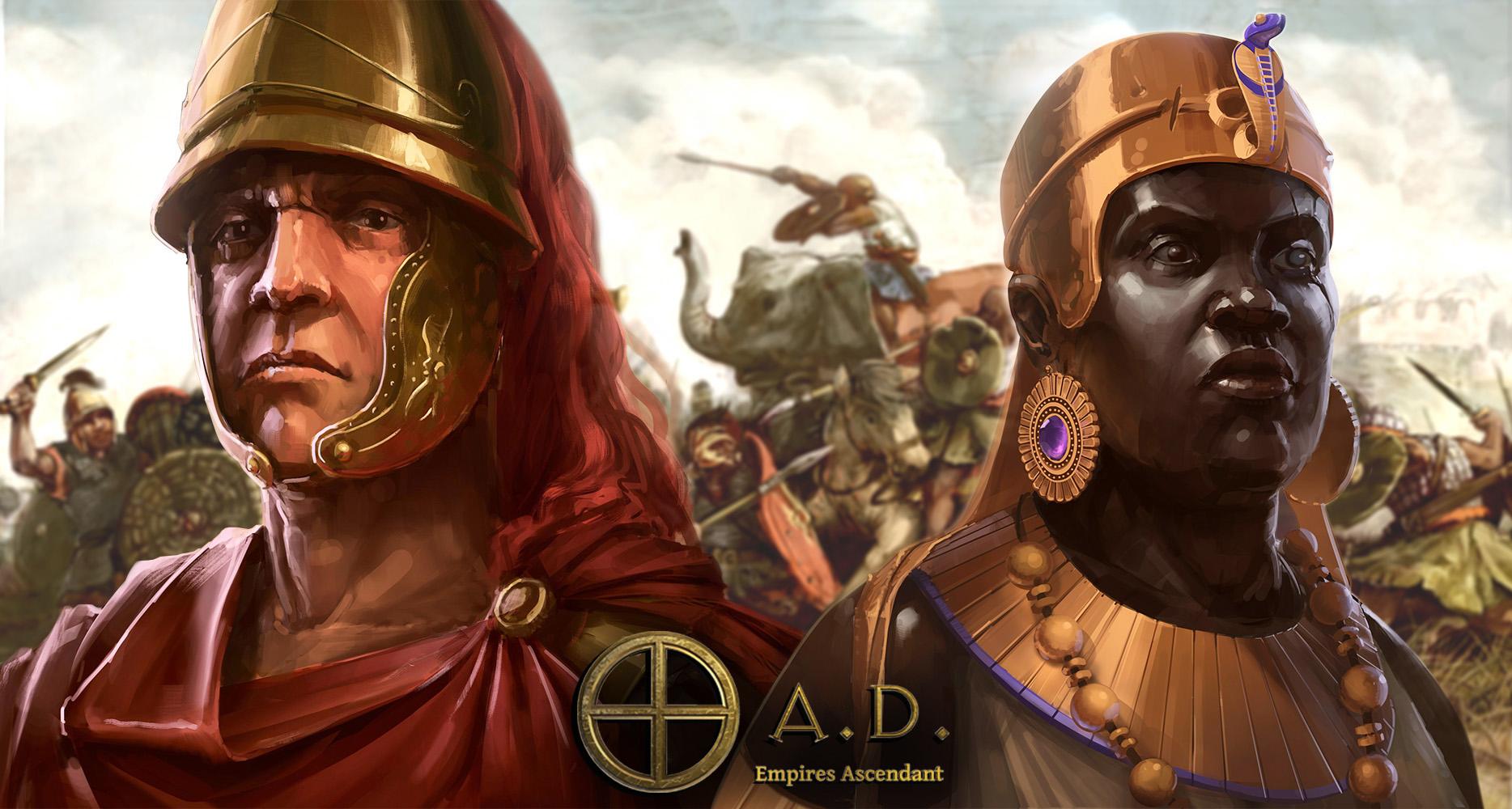

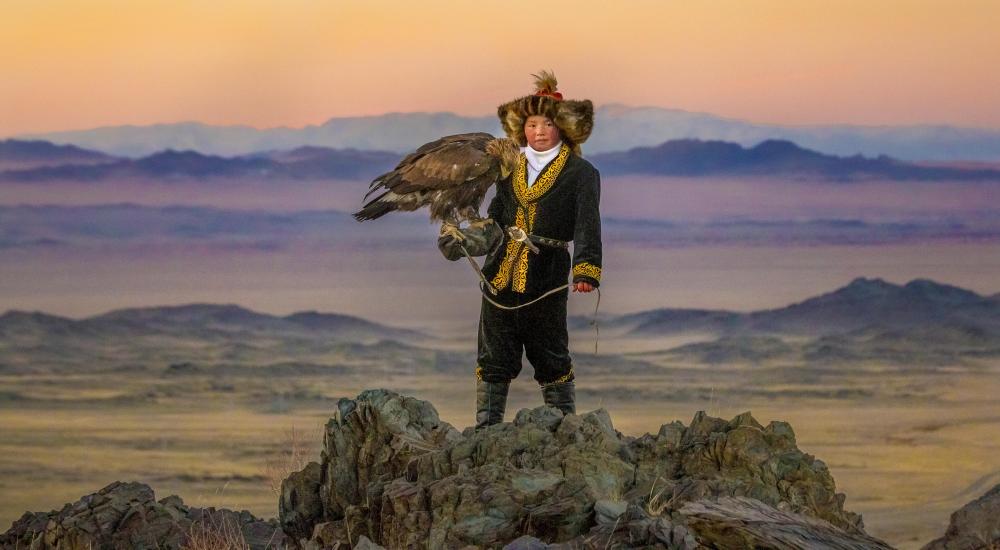
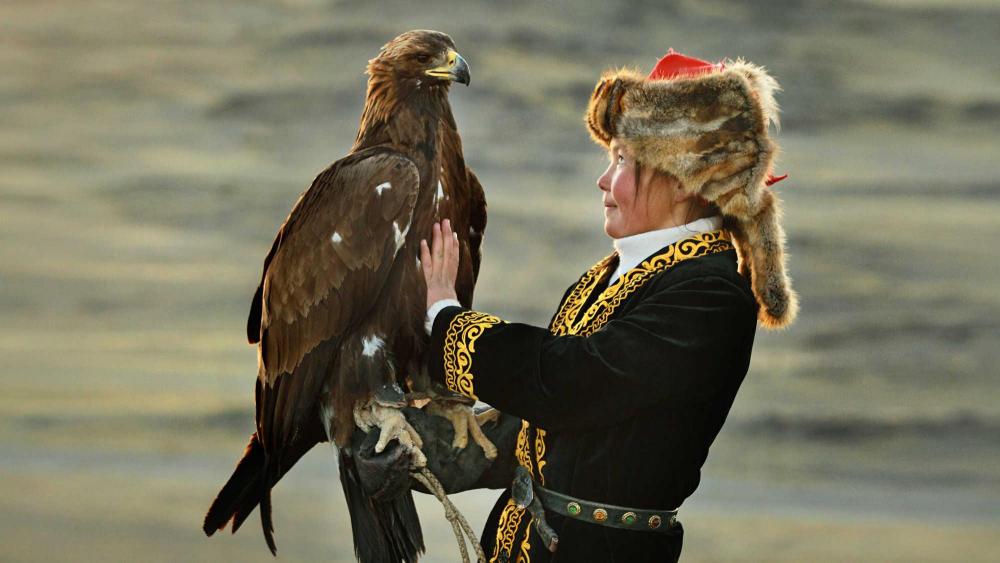
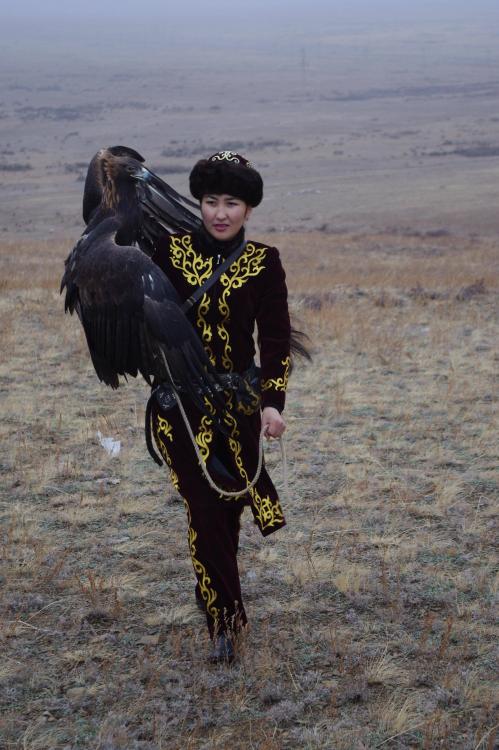
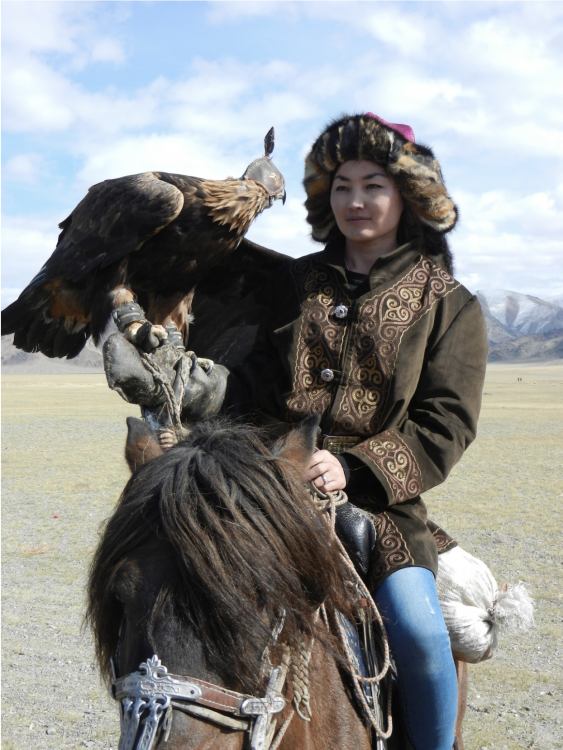
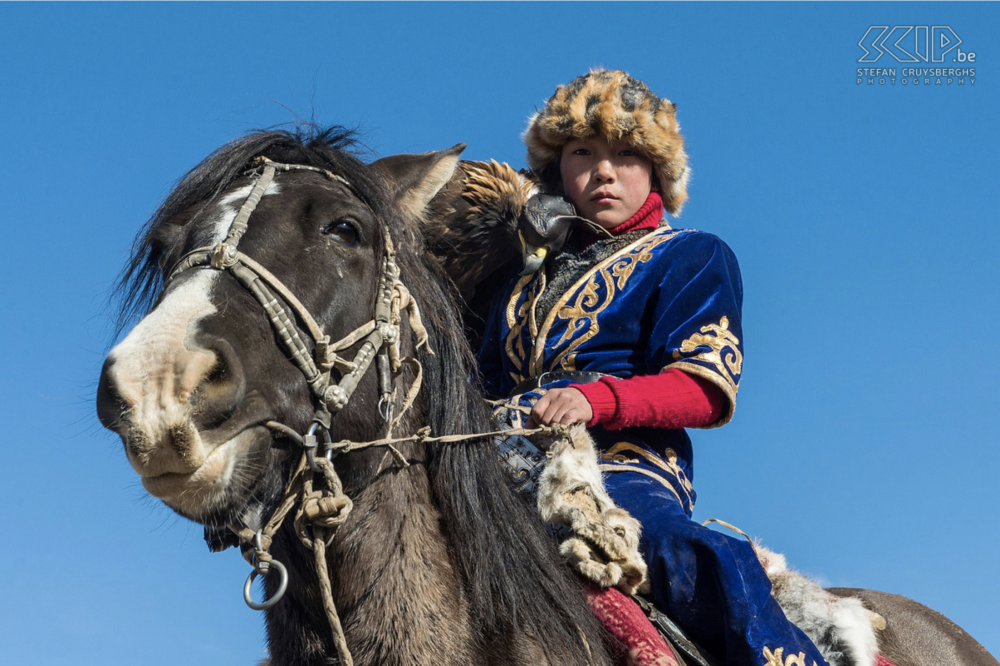


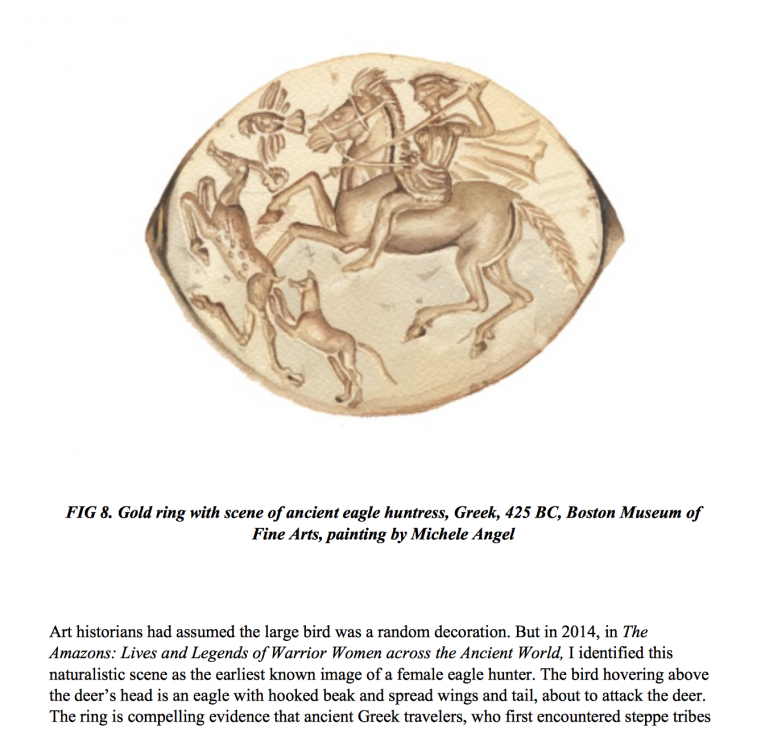
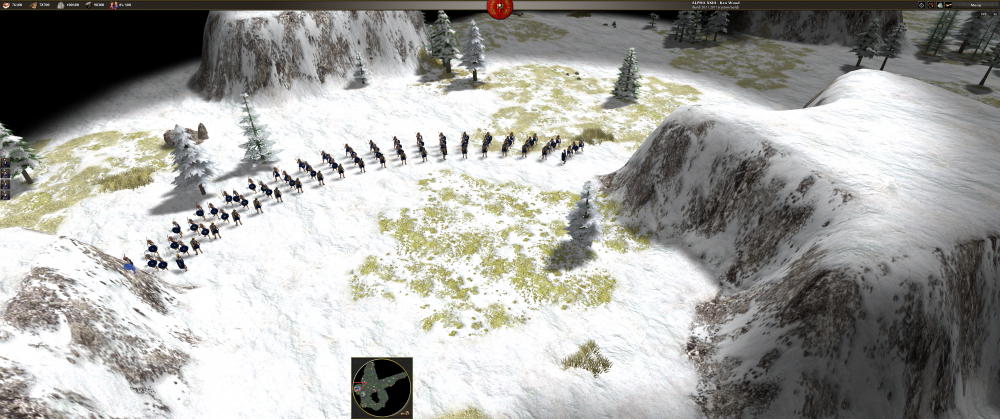

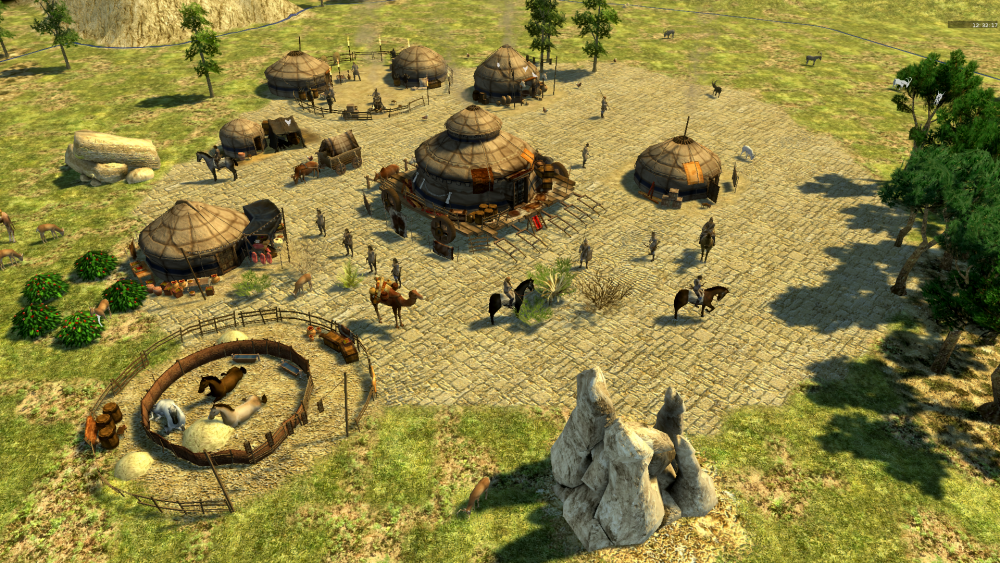
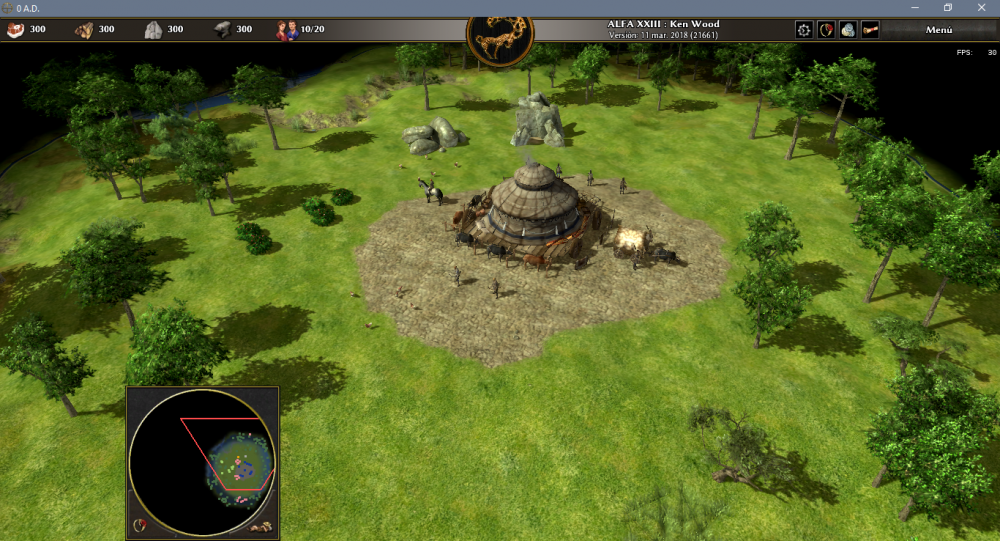
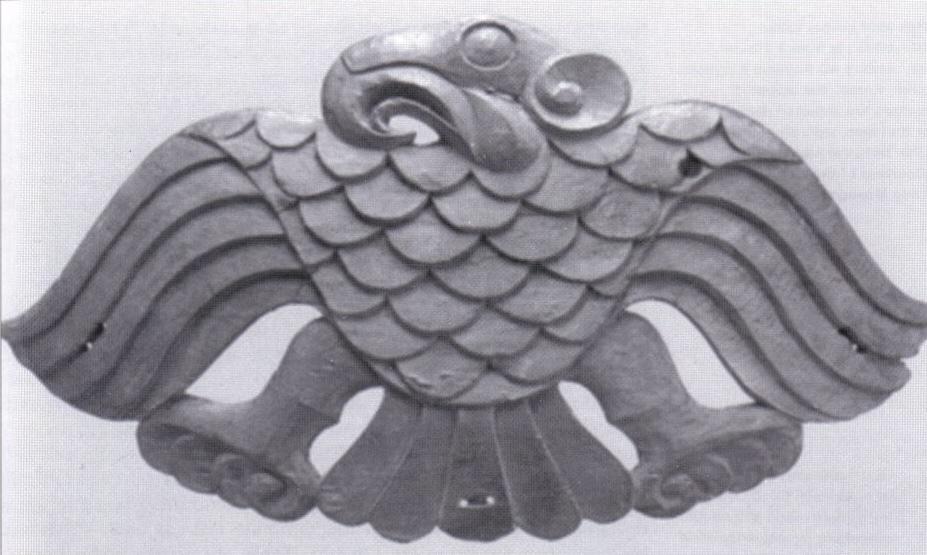
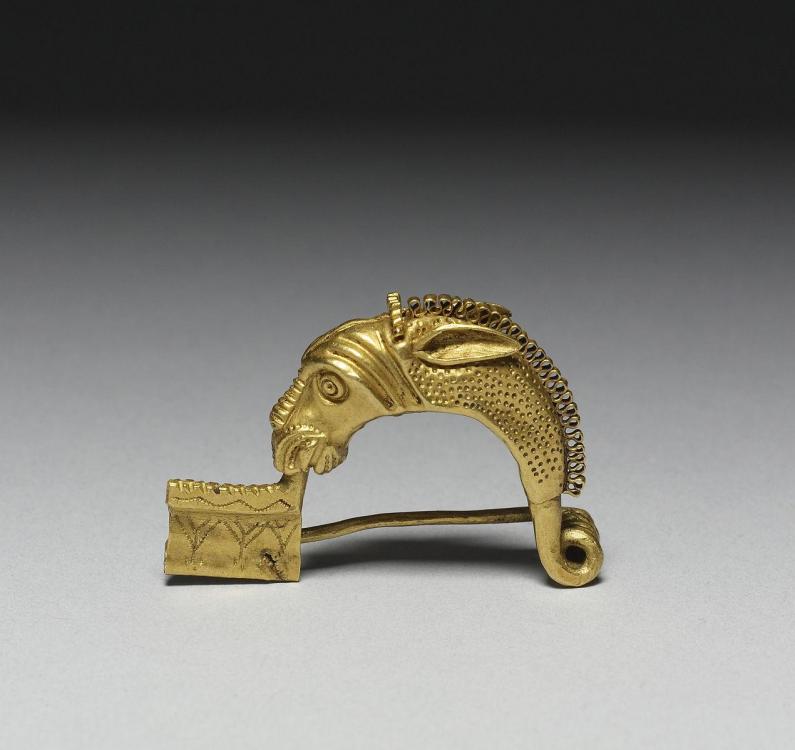
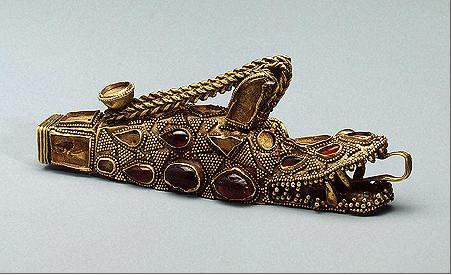
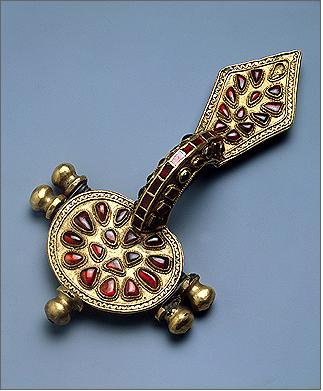

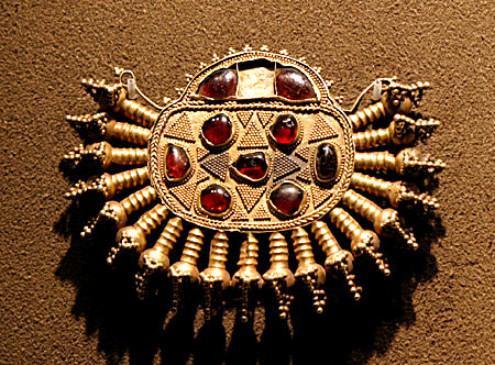
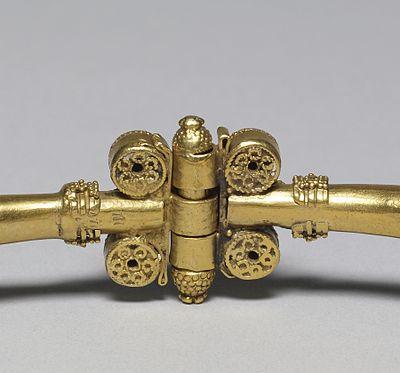

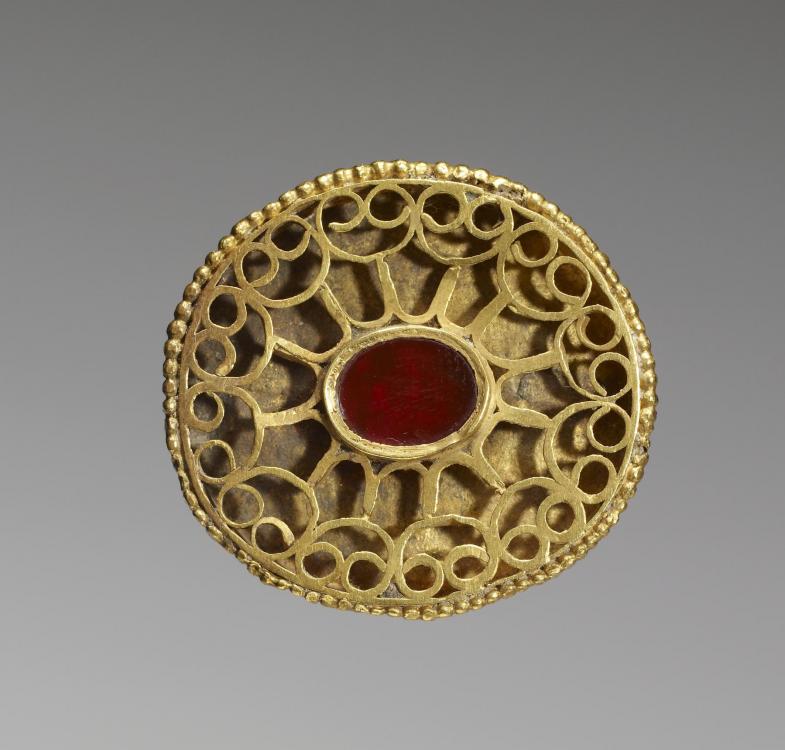
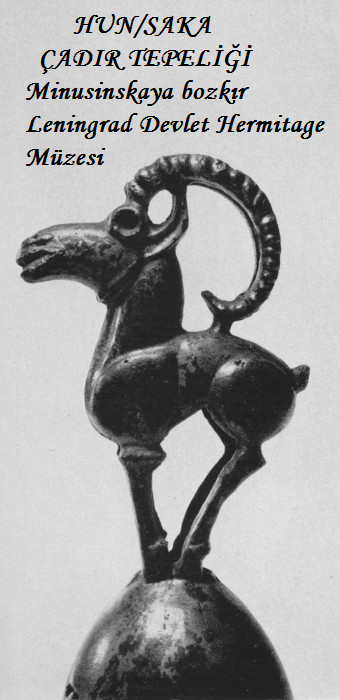
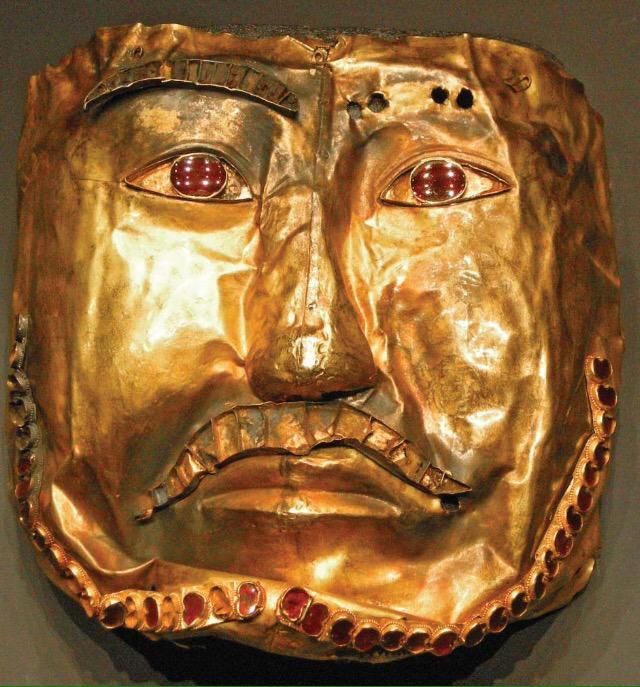

Discussion of the Inclusion of mod civilization in A24
in General Discussion
Posted · Edited by Sundiata
I'd actually have to agree with Nescio on this one. I think the key-word in his statement is "network". Every single civ in the game right now is highly interconnected with at least a few other civs, and those other civs are in turn interconnected with the rest of the civs, so directly or indirectly, they are in fact all connected. Antiquity was built on trade-networks that spanned Europe, Asia and Africa. The Americas were not a part of this network, which also means they developed along totally different lines:
Romans did use war-elephants in Britain, and elephants aren't exactly native to the islands... Might have been North-African elephants. Might have been Indian elephants. Might have been a mix of both (not entirely clear).
About Kushites in Britain. Well, Roman legions were multi-ethnic, and in Imperial times blacks were present in the Roman armies in small numbers. I'm confident most of those blacks were Kushites. Because of the peaceful relations between Kushites and Romans after their war, and Kushites apparently even aiding the Romans militarily during the Jewish revolt, as well as a large resident population of Kushites in Egypt as far north as Alexandria (location of 2 legions). Speculation, perhaps, but then there's this:
The Life of Septimius Severus (yes, that "African" Roman Emperor), from the Historia Augusta:
Of course, much of the Historia Augusta today is considered fictitious, but it's still a Roman source placing an "Ethiopian" (read Kushite) soldier in Britain.
Galatian mercenaries (Celts, perhaps not from Britain, but close enough) also served in the armies of the Ptolemies and would have been part of the Nubian campaigns. People of Kushite decent and Galatians served as mercenaries in the same Ptolemaic armies.
Scenes of Kushites and Celts in the same place and time, like these aren't as far fetched as one might think
Add some Zapotecs to those images and none of us would have ever even heard of Angus McBride...
Romans might not have fought the Achaemenids, but they did fight Parthians who were also Persian, and it would take little imagination on the players part to "pretend".
The Chinese would be interconnected once we get the Scythians in game. And the Greco-Bactrian Kingdom, Strabo writing that "they extended their empire even as far as the Seres (Chinese) and the Phryni (Tarim Basin)" (and Greek artifacts from the period are actually found in Xinjang, Western China!). In fact, The inclusion of the Xiongnu, Han Chinese, Scythians, Parthians and Greco-Bactrians, would be totally amazing, further increase the interconnectedness of existing civs like the Maurya, Seleucids and Achaemenids, and create a very comprehensive and convincing Eastern roster.